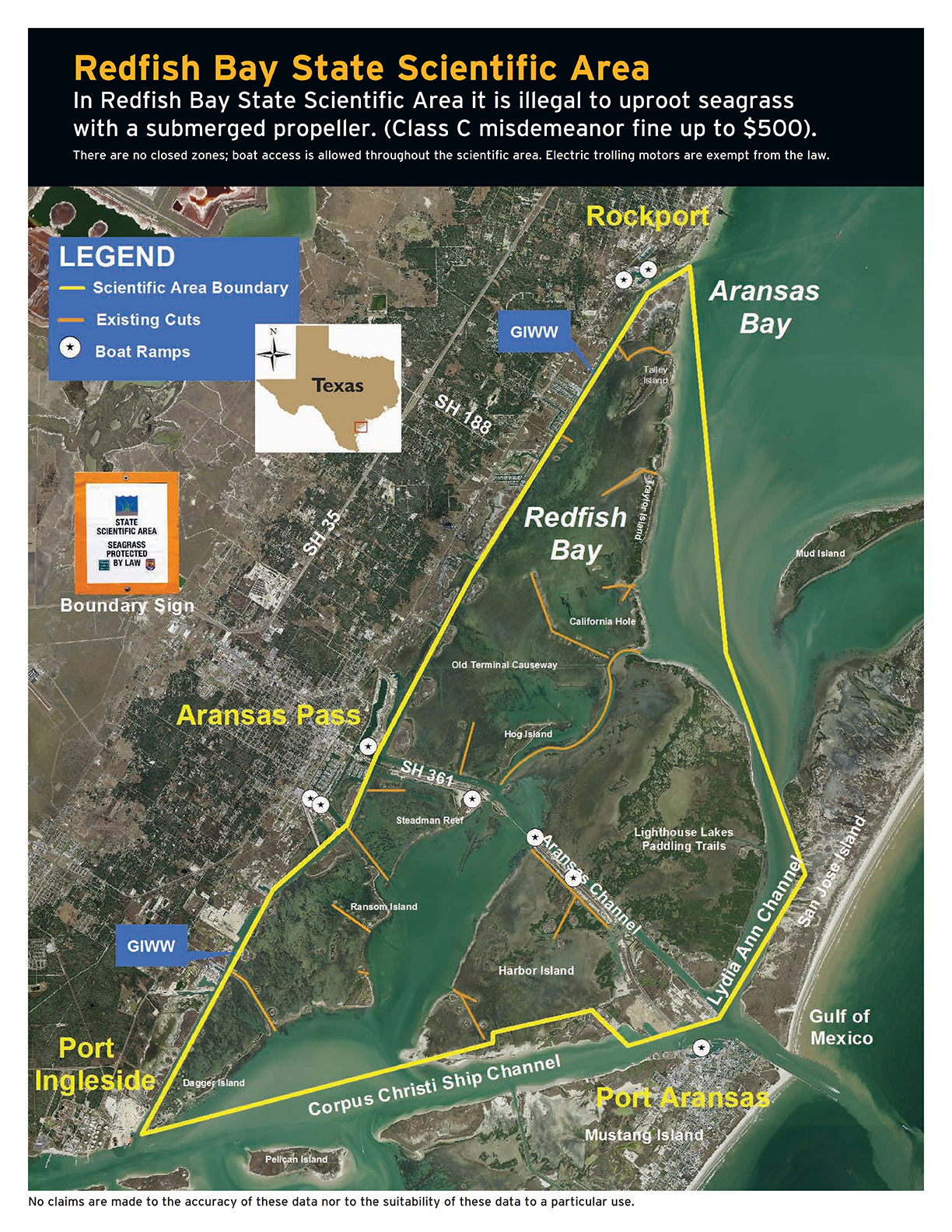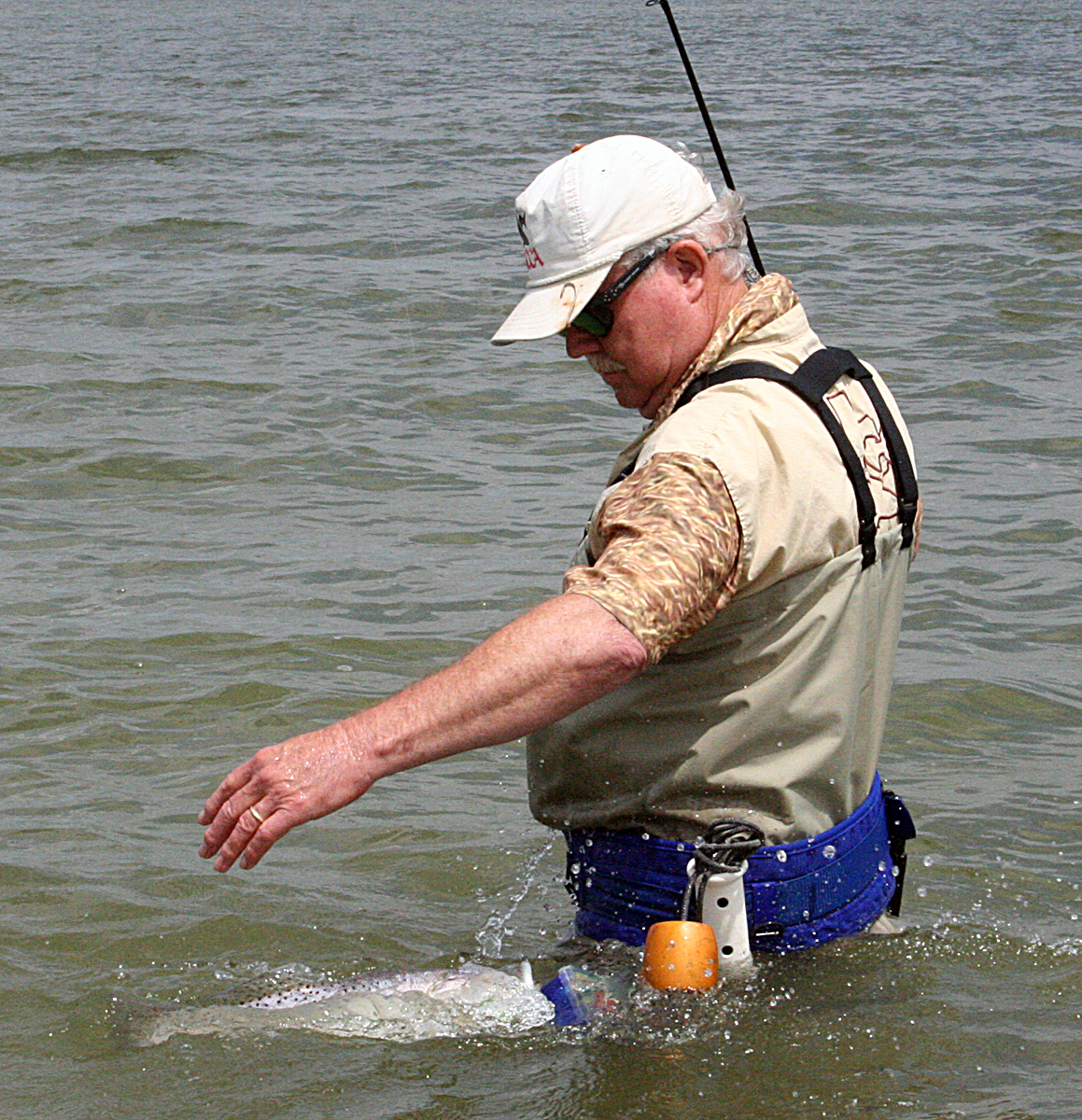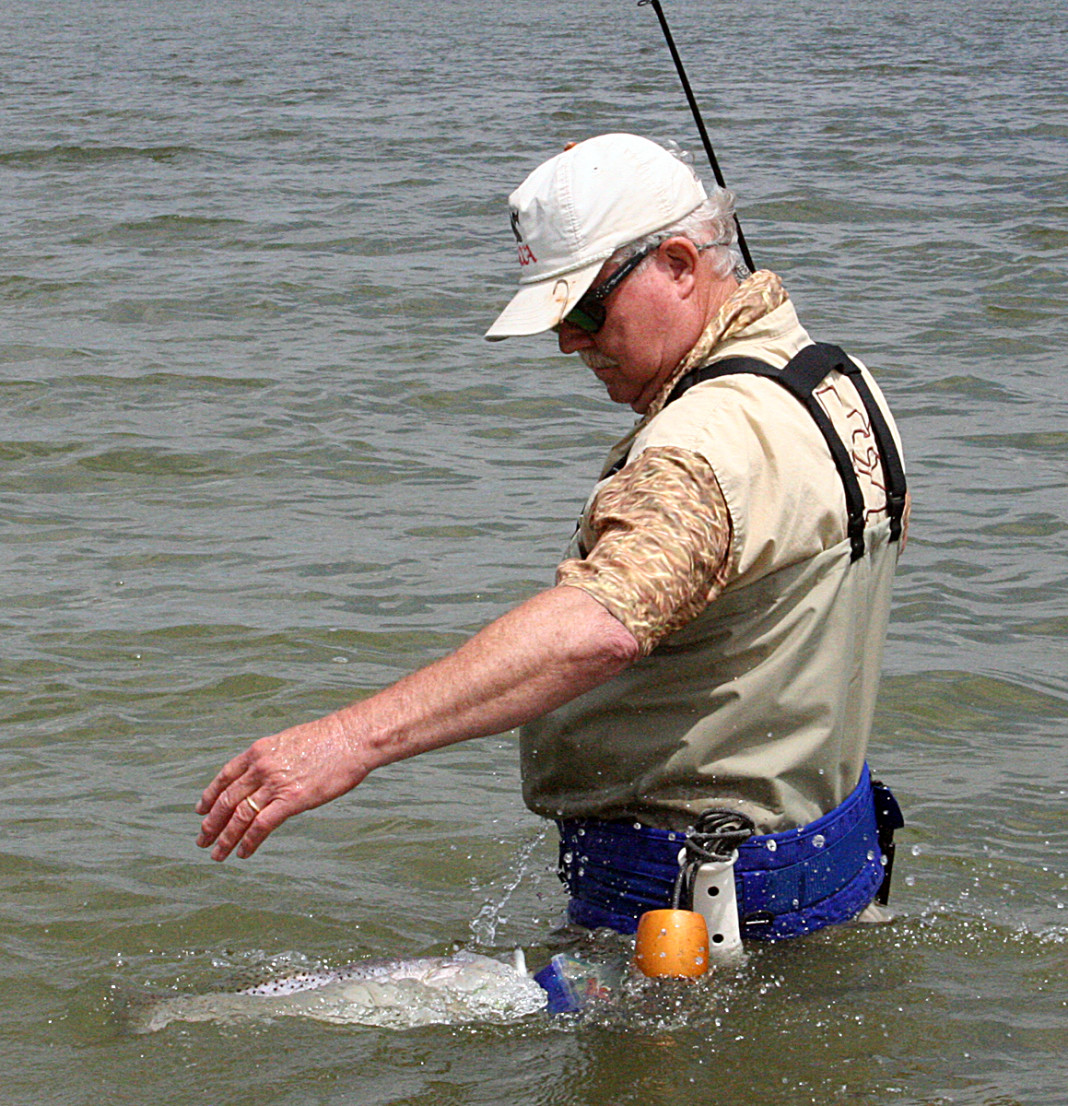No matter the variety — shoal grass, turtle grass or star grass — the different forms of vegetation that inhabit shallow coastal flats are vital to maintaining coastal ecosystems, in particular those places that harbor speckled trout, redfish and flounder that we Texas anglers love to pursue all year.
The species of underwater vegetation found from Sabine Pass to South Padre Island may take on slightly different variations, but their mere presence helps to improve water quality by buffering currents, stabilizing bottoms to prevent erosion and hiding young and old for a bevy of game fish species.
That’s precisely why it’s important to use common sense – and now follow the letter of the law – when it comes to uprooting sea grass of all shapes and sizes. A law in effect passed by the state Legislature makes it a Class C misdemeanor punishable by a fine of as much as $500 if a boater is found to be negligent in regard to the framework. However, there remain defenses to the uprooting rule in some scenarios, including using an anchor in areas with grass or using an electric trolling motor, should you bring back vegetation. It also is defensible if you uproot grass while operating a craft in a way that’s needed to get up on plane.
The Texas Parks and Wildlife Department has long stressed the mantra of “lift, drift, pole and troll” in shallow areas frequented by anglers in a variety of crafts featuring sea grass that needs sunlight to thrive, but accompanying meetings and discussions haven’t been without controversy. There’s been a regulation in place since 2006 that prohibited the uprooting of grass in the Redfish Bay State Scientific Area, a more than 30,000-acre swath of pristine habitat spanning from Rockport to Aransas Pass to Port Aransas. After the regulation was in place, biologists noted a 45 percent reduction in prop scarring, according to TPWD officials.
While getting up on plane is seen as a defense to prosecution under the statewide law, that wasn’t included in the scientific area framework.

With sea grass in mind, TPWD previously convened a public meeting on the issue of creating a similar scientific area in Corpus Christi waters near the JFK Causeway, which would have designated roughly 15,000 acres a sea grass protection buffer zone. The main contention from many individuals was the issue of the designation, which would allow fisheries officials broad power to enact any kind of regulations they deem necessary for scientific purposes.
In the end, that designation never materialized, but the current law essentially covers the sea grass issues that fisheries officials are most seeking to remedy – the intentional disregard and uprooting of a key component to any coastal ecosystem.
The lasting impact of prop scarring is clear: It damages a vital portion of a fragile habitat, and on the Texas coast, where boat traffic only continues to increase, the issue has never been more critical. In many shallow locales, especially in areas where boaters have easy access via the Intracoastal Waterway, it’s easy to see the lasting impact of prop scarring. Head east of Rockport into Aransas Bay or south into Redfish Bay and you quickly see trenches running through a variety of sea grass areas in some of the best angling habitat we’ve got in Texas. And it’s a good bet those aren’t recent dugouts.
While it’s ultimately up to each boater and angler to protect native habitats for future generations, it’s great to see that legislators and fisheries officials stepped up to the plate to help ensure that your kids and your kids’ kids can enjoy the same experiences that you and I do today.




















